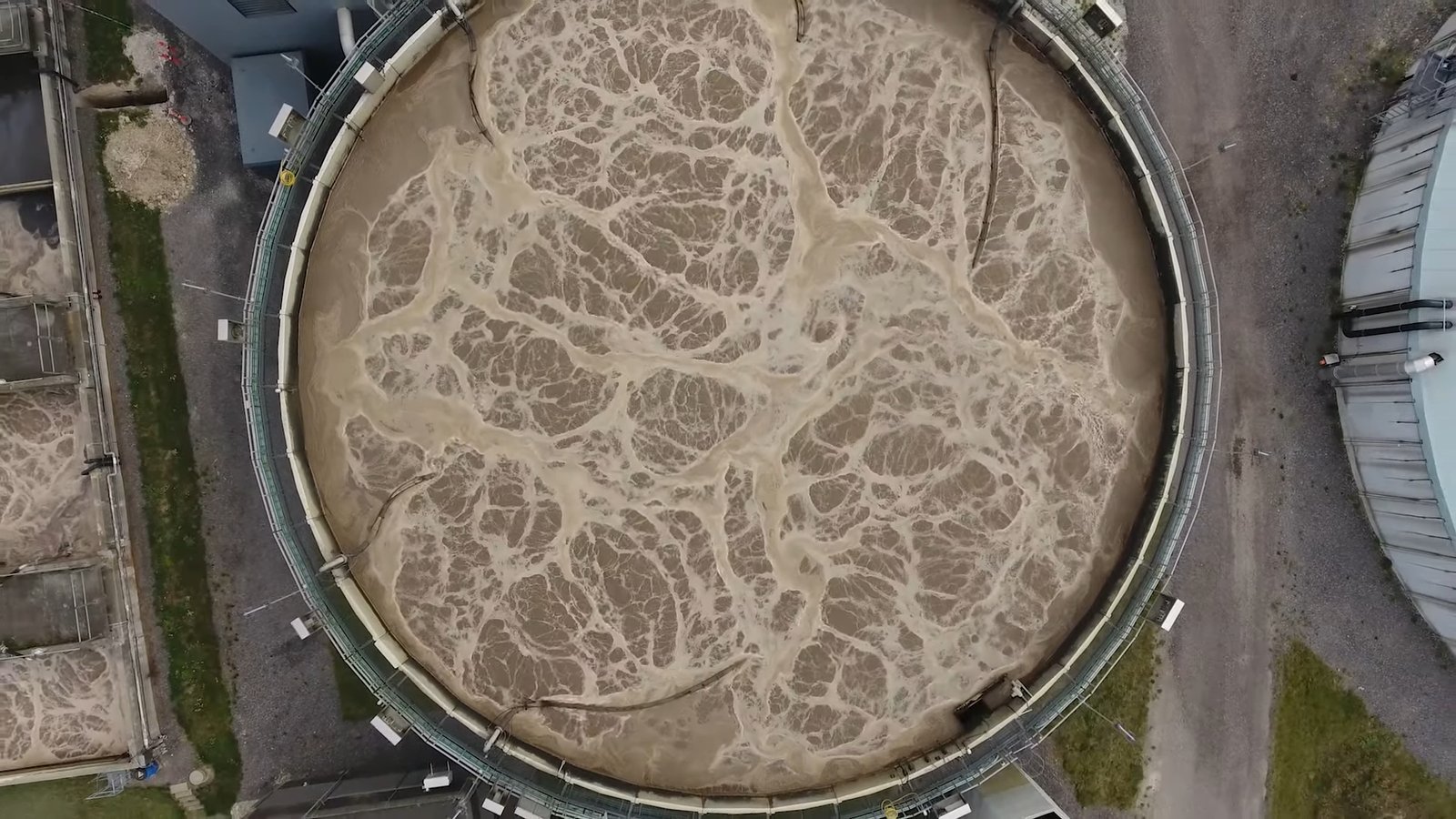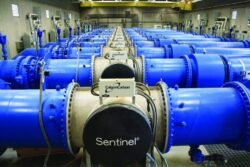PFAS in Landfill Leachate
PFAS in Landfill Leachate: Challenges and Solutions for a Sustainable Future
Introduction
Per- and polyfluoroalkyl substances (PFAS) have emerged as significant contaminants across environmental matrices, posing numerous challenges, particularly within the realm of landfill management. As municipalities grapple with escalating concerns about waste disposal, the presence of PFAS in landfill leachate represents a growing threat to water quality and human health. Understanding the implications of PFAS in landfill leachate is not just an academic exercise; it addresses real concerns faced by environmental engineers, municipal directors, and plant operators tasked with ensuring compliance with evolving regulations. This article delves into the complexities surrounding PFAS in landfill leachate, presenting evidence-based analysis and pragmatic solutions to mitigate these risks effectively.
Understanding PFAS: Characteristics and Sources
PFAS are a group of synthetic chemicals known for their persistence in the environment, earning them the nickname “forever chemicals.” Characterized by their strong carbon-fluorine bonds, PFAS are exceptionally resistant to breakdown, creating long-lasting contamination risks. According to the U.S. Environmental Protection Agency (EPA), these substances can accumulate and persist in the environment and in the human body, leading to adverse health outcomes, including developmental issues, cancer, and immune system disruption.
Sources of PFAS in Landfills
PFAS can enter landfills through various routes:
- Consumer Products: Items like non-stick cookware, water-repellent fabrics, and food packaging often contain PFAS.
- Industrial Waste: Certain industries discharge PFAS-laden effluents, which may end up in municipal waste systems.
- Firefighting Foams: A significant source of PFAS, these foams are often used in training exercises and emergency responses, contributing to leachate contamination.
The Dynamics of Landfill Leachate
Composition and Formation
Landfill leachate is the liquid that drains or ‘leaches’ from a landfill. It contains a complex mixture of organic and inorganic contaminants, and its composition can vary depending on factors like waste type, age, and environmental conditions. Comprehensive studies illustrate that leachate typically contains high concentrations of dissolved organic matter, heavy metals, and emerging contaminants like PFAS.
Leachate pollution can lead to severe ecological consequences, impacting groundwater and surface water quality, making understanding its composition crucial for effective landfill management.
PFAS in Landfill Leachate: The Regulatory Landscape
By 2025, increasing public awareness and heightened environmental regulations have led to a critical shift in how PFAS are managed.
Current Regulatory Framework
The EPA has moved toward stricter guidelines governing PFAS levels in both groundwater and leachate. Following recent findings, threshold limits for PFAS have been established, pushing states and local agencies to monitor waste facilities more rigorously. According to EPA’s 2024 guidelines, action levels for specific PFAS compounds, such as PFOA and PFOS, are set at parts-per-quadrillion (ppq), forcing municipalities to rethink contamination control strategies.
State-Level Initiatives
Various states have enacted their own regulations, with stringent requirements for leachate monitoring and PFAS remediation. For example, California’s Assembly Bill 1735 mandates comprehensive assessments of PFAS levels in landfill sites. Similarly, New Jersey has adopted a “polluter pays” approach, requiring responsible parties to cover remediation costs.
Technical Approaches to Understanding PFAS in Landfill Leachate
Characterization of PFAS in Leachate
Analyzing PFAS in landfill leachate involves:
- Sampling Methods: Developing standardized sampling protocols to capture leachate accurately.
- Analytical Techniques: Employing advanced techniques such as liquid chromatography-mass spectrometry (LC-MS) and total oxidizable precursor (TOP) assays to detect and quantify PFAS compounds effectively.
Emerging Trends in Research
Research has spotlighted the distinct PFAS compounds dominating landfill leachate. According to a study published in Environmental Science & Technology (2024), the most prevalent PFAS in leachate samples included perfluorobutanoic acid (PFBA) and perfluoropentanoic acid (PFPeA). This knowledge is key in tailoring treatment strategies specific to the challenges posed by each landfill.
Treatment Solutions for PFAS-Contaminated Leachate
Given the persistence of PFAS, effective treatment is crucial for compliance and public safety. Several established and emerging treatment technologies are gaining traction in managing leachate:
-
Activated Carbon Adsorption
- Effectiveness: Highly efficient for adsorbing long-chain PFAS.
- Considerations: Regular replacement and regeneration of carbon media.
-
Advanced Oxidation Processes (AOPs)
- Mechanism: Utilize strong oxidants to degrade PFAS at molecular levels.
- Research Findings: Studies have shown that AOPs can achieve PFAS removal rates exceeding 90% under optimal conditions.
-
Membrane Filtration Technologies
- Reverse Osmosis (RO): Commonly used for removing various contaminants, including PFAS.
- Challenges: High energy consumption and fouling potential; necessitates system optimization.
-
Bioremediation
- Future Directions: Research is ongoing into the use of specially engineered microbes capable of degrading PFAS. This field holds promise but requires further exploration to understand viability within landfill settings.
Implementing a Comprehensive PFAS Management Strategy
Step 1: Monitoring and Assessment
- Regularly analyze leachate for PFAS concentrations, using robust sampling and analytical protocols.
Step 2: Treatment Customization
- Design a treatment train that incorporates multiple methods tailored to specific leachate characteristics.
Step 3: Public Engagement
- Foster community awareness and transparency regarding PFAS management practices.
Step 4: Collaboration with Regulatory Bodies
- Align landfill management practices with the latest regulatory developments to ensure ongoing compliance.
Case Studies in Effective PFAS Management
Several municipalities have pioneered effective PFAS management strategies, integrating advanced technologies and public engagement campaigns. For instance, CityX, through innovative partnerships with environmental organizations, has implemented a state-of-the-art leachate treatment facility capturing and treating over 98% of PFAS emissions annually. Documentation of these initiatives serves as a blueprint for others grappling with similar challenges.
Conclusion
PFAS in landfill leachate presents a formidable challenge that requires an informed, multifaceted approach. By understanding the sources, regulatory landscape, and effective treatment methodologies, municipalities and engineers can develop comprehensive management strategies that protect public health and the environment. As regulations evolve and technologies advance, proactive measures must be embraced to navigate the complexities of PFAS contamination and safeguard our precious water resources for generations to come.
In this unfolding narrative, the collaboration of government agencies, environmental professionals, and communities will be vital in mitigating the impacts of PFAS, transitioning towards a sustainable future. The stakes are high, but with concerted efforts, achievable solutions lie within our grasp.



